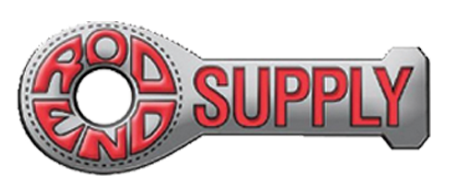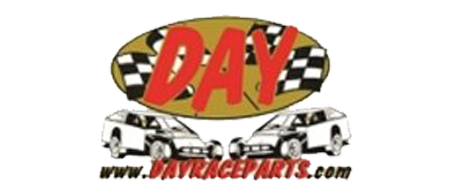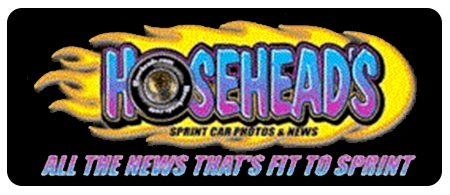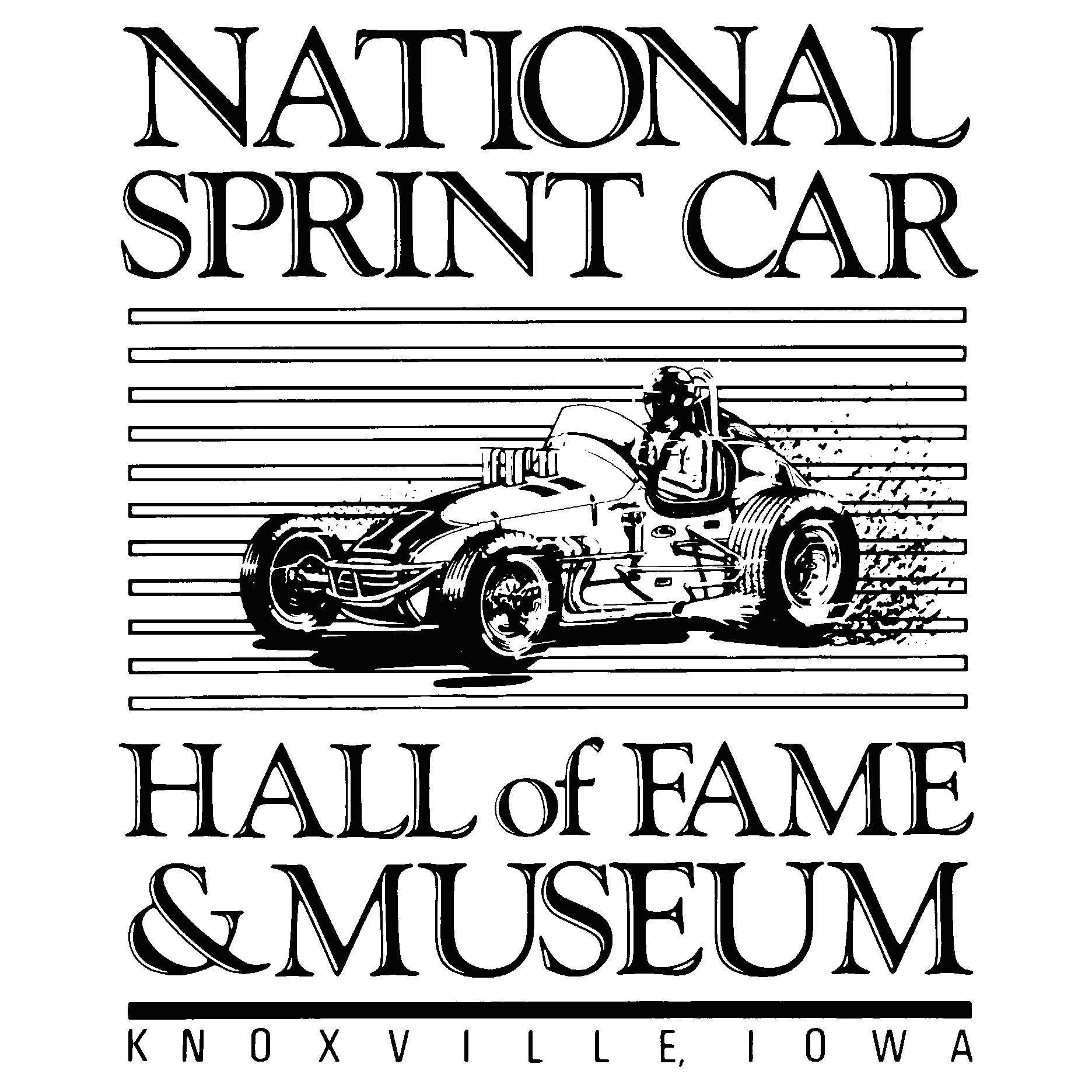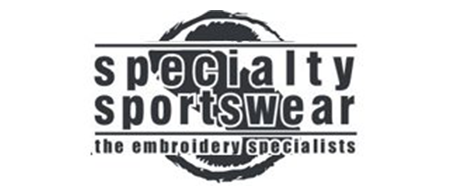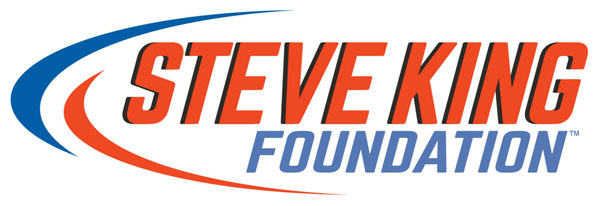New job? No problem, says Daytona 500-winning spotter
Photo by Brian Lawdermilk/Getty Images
Karma works in mysterious ways.
Clayton Hughes provided the eyes in the sky for Martin Truex Jr., over the last seven years, accumulating 25 wins and the 2017 Cup title.
Now for the rest of the story. On Dec. 1, Hughes was told his services would no longer be needed by the No. 19 team at Joe Gibbs Racing.
Some spotters would be crushed losing a job with one of NASCAR’s powerhouses. Hughes was relieved.
“James (Small, Truex's crew chief) called me up, he started talking, and I was like, ‘Oh, my god. Thank you, Lord,’” Hughes said. “My prayers were answered.
“The thing that made me mad about it was that they waited until December 1. September 1, fine. There were plenty of jobs coming up, but on December 1, I thought, 'This isn’t good.'”
The 53-year-old Thomasville, North Carolinian loved the 14 seasons he spent with the Barney Visser-owned team at Furniture Row Racing. Cole Pearn, who became Truex’s crew chief toward the end of 2014 until he left the sport after 2019, made racing fun. The Canadian was the team’s true north star.
Hughes had a handshake deal with Visser and every other team he’d worked for over the last four decades— until he arrived with the Furniture Row remnants at JGR in 2019.
“I’ve never had a contract in my life,” Hughes said. “I was miserable as all get-out at Gibbs. When Cole left…Cole was an unbelievable person. Cole was the super glue that held us all together. He made us a family. When he left, things changed.
“I had a contract through the end of this year. I had never had a contract. I kept thinking, ‘How do you break a contract?’ Because I didn’t want to be there.”
The corporate climate didn’t suit Hughes. Then the dynamic changed between Truex and Hughes after Pearn departed—as did the team’s performance. For the first time since 2015, Truex scored just one win. He failed to advance to the Championship 4 after three-consecutive appearances.
“With me and Martin, our communication last year started getting worse and worse,” Hughes said. “Martin isn’t going to wreck nobody. And with this package that we race now, you’ve got to block. You’ve got to block. You’ve got to be Joey (Logano). You’ve got to be Brad (Keselowski). You’ve got to be these guys that, ‘I don’t care if you’re going to be mad at me, but I’m going to win the race. You’ve got to block. You’ve got to make the car wide. You’ve got to mirror-drive—and that’s not Martin.
“Every time I would tell Martin to block, he would come over the radio and start screaming at me. ‘Don’t tell me to block. I’m not blocking.’ And I’m like, ’Alright, then inside, outside. Time to go.’ It’s nothing against Martin. He just didn’t want to hear the word, ‘block.’ It got to the point on these mile-and-a-half, two-mile tracks, if you’re not going to block, you’re just going to have to let them go. Then it makes it look like I don’t know what I’m doing, because we’re getting passed left and right.
“I thought, ‘This isn’t good, because I’m going to get blamed for this.’ I’ve been in this sport a long time. and I know how the finger-pointing starts.”
Hughes speaks from experience. His first spotting gig was with three-time champion Darrell Waltrip on the Xfinity Series side in 1993. He spotted for every driver at Furniture Row Racing starting with Jerry Robertson in 2005 until the lights were turned off at the end of 2018.
Truex described last year as “tough” during his preseason media availability earlier this month. When asked about improving performance, the driver said the team critiqued “every single piece of the program.” That was also the first indication he had replaced Hughes with Drew Herring.
“We look at it all,” Truex said. “I’ve got a list of things I’ve been working on. I brought in a change in spotter this year to try to be better at speedways, which is now—you look at the 550 (horsepower) package, basically, speedway racing on restarts for a few laps. Things like that, we’ve been working on to get better at. It’s everything. It takes all of that to win these races. They are very difficult to win.”
On the same day that Hughes was relieved of his duties at Joe Gibbs Racing, he called old friend Drew Blickensderfer at Front Row Motorsports. In 2002, the two were crewmen together at Ultra Motorsports. Hughes asked whether Michael McDowell still needed a spotter.
Blickensderfer replied, "How soon can you be here?"
“I said, ‘I’ll be there tomorrow,' and it was done,” Hughes said. “I sat down and talked to Drew and Michael, and it was like I was back home. It felt like I was at Furniture Row.”
With two-and-a-half months before the Great American Race, the driver and his new spotter went to work to build their communication. On the Thursday before leaving for Daytona, they spent two-and-a-half hours in the Front Row Motorsports war room breaking down video and SMT (Sports Media Technology) data.
“It was our first race together,” Hughes said. “I spotted him on the computer with him sitting beside me. I wanted to make sure we were on the same page. When I say, ‘Make the rear end wide’ or ‘block’ or whatever. As I was saying things, he knew immediately what I meant. It was like, ‘Boom.’ It clicked.’”
The race didn’t start out as planned. McDowell was damaged in the 16-car wreck on lap 14 before a long rain delay, but the team made repairs and he was able to stick with the plan to push his fellow Fords. After the last pit stop, with 30 laps to go, McDowell was locked on Keselowski’s bumper for the end game.
“We got the 4 (Kevin Harvick) out of the way and it was Logano, Keselowski and us,” Hughes said. “I told Michael, ‘All right bud. We’re right where we need to be. The 2 car (Keselowski) is not going to make a move until coming to the checkered flag—or at least Turn 3. Just stay on his bumper.
“You’ve got Brad and Joey—the best two blockers in our sport. If you have people blocking on the last lap of the Daytona 500, you know what’s getting ready to happen," Hughes said. "I had a feeling they were going to wreck and we were going to win this race.
“Coming down the backstretch and into Turn 3, I saw the 2 turn. I saw the 22 turn. And I was like, ‘Tra-la! We’re going to win this race!’ The seas parted, and there we went.”
Hughes was shaking as McDowell edged out Chase Elliott at the line. After his peers on the spotter stand congratulated him, he grabbed his gear and joined the team in the infield to celebrate his first Daytona 500 win.
“They’re all so big, but this was the Daytona 500,” Hughes said. “I’ve won the Coca-Cola 600. I’ve won the Southern 500 three times. Homestead was unbelievable. Martinsville—the grandfather clock. But last night, in Victory Lane for the Daytona 500 was like, ‘Oh my God!’
“That’s the biggest. We won the Super Bowl. I know what (Tom) Brady and Gronk (Rob Gronkowski) feel like.”
Except there was no after-party. The rain-delayed race didn’t end until after midnight. Then the team had to take the car to tech. Hughes watched the sun rise as he arrived home Monday morning.
“I can’t wait for it to set in,” Hughes said. “You go for so many years trying to win the Super Bowl, and finally you hit it. What an unbelievable feeling. It was crazy, but what a night.”

.png)
